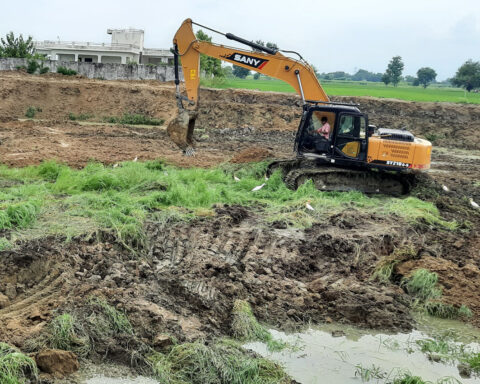Science and technology is a field that has historically been male-dominated, with wide disparities in the number of jobs, salaries, and positions offered to women as compared to men. However, there are outstanding Indian women scientists who have broken through the glass ceiling and established their presence in the field. Here are 10 amazing women scientists and technologists from India who are making the country proud that you should know about.
10 Women Scientists With Remarkable Contributions
VR Lalithambika
Control Systems Engineer VR Lalithambika is one of the top scientists working with the Indian Space Agency. Lalithambika, who specializes in advanced launch technologies, was instrumental in building the country’s rocket program; She has been working with ISRO for more than 30 years. Notably, in 2018, Lalithambika was selected as the director of Gaganyaan to lead India’s human spaceflight programme.
Charusita Chakravarty
Charusita Chakraborty is known for her work on the basis of molecules and the effects of changes in molecular basis on DNA proteins. She has also worked on classical and quantum Monte Carlo, on molecular dynamics and on the structure and dynamics of liquids. Her research work earned her the Shanti Swarup Bhatnagar Award and the B.M. Birla Scienza Award. She worked as a Professor of Chemistry at IIT Delhi.
Muthayya Vanitha and Ritu Karidhal
Muttiah Vanitha and Ritu Karidhal are the two scientists leading India’s Chandrayaan-2 mission as project leader and mission leader respectively. Vanitha is ISRO’s first female project director. She was deputy director of data systems projects for the Cartosat-1, Oceansat-2 and Megha-Tropiques satellites. Karidhal, known as India’s Rocket Woman, worked on various projects and served as Deputy Director of Operations for the Mangalyaan Mission.
Tessy Thomas
Tessy Thomas is popularly known as the Missile Lady due to her successful launch of the Agni series of missiles. She served as the project manager for the Agni-IV and Agni-V missiles at the Defense Research and Development Organization (DRDO) and is India’s first female scientist to lead the missile project. She also received the Lal Bahadur Shastri National Award.
TK Anuradha
TK Anuradha is ISRO’s senior-most woman scientist working with the space agency for more than 35 years. She is the first woman to become Director of Satellite Projects at ISRO. She has worked on several Indian space programs and satellite launches including GSAT-12 and GSAT-10. She is the director of the Geosat program at the ISRO Satellite Center.
Asima Chatterjee
Asima Chatterjee’s contribution to organic chemistry was enormous. She is known for his research on vinca alkaloids, along with the development of anti-epileptic drugs, AYUSH-56, and anti-malarial drugs. She became the second woman to earn a doctorate in science from an Indian university based on her research in plant product chemistry and synthetic organic chemistry.
Nandini Harinath
Nandini Harinath is another famous woman scientist from ISRO. She is a rocket scientist at the ISRO Satellite Center in Bangalore. She is notably Project Manager (Mission Design) and Deputy Director of Operations for the India Mars Orbiter Mission, Mangalyaan. Nandini, who has worked with ISRO for more than two decades. She participated in 14 missions for the Indian space agency.
Dr Indira Hinduja
Dr. Indira is one of the renowned gynaecologists, obstetricians and infertility specialists who introduced GIFT (Gamete Intrafallopian Transfer). Her research on GIFT has been published in many renowned national and international journals. She delivered India’s first test-tube baby.
Shubha Tole
Shubha toll is known for her contribution to the field of neuroscience. She discovered a master regulatory gene that controls the development of the Cortex Hippocampus and Amygdala. In 2010, she received the Bhatnagar Award. She is currently working at Tata Institute of Basic Research, Mumbai.
Paramjit Khurana
Paramjit Khurana is known for inventing all-weather seeds. She developed hybrid strains of mulberry, wheat and rice that are drought resistant, can withstand heat and have a higher UV radiation capacity thus helping farmers who depend on weather conditions for their crops.

























